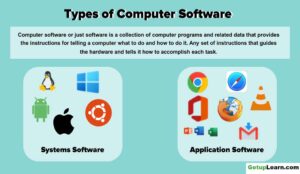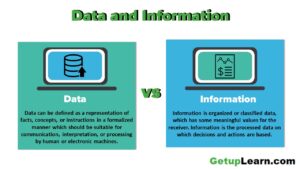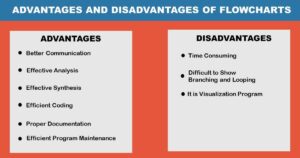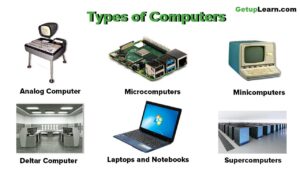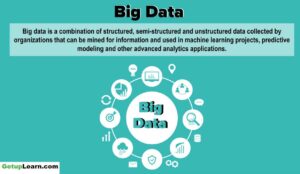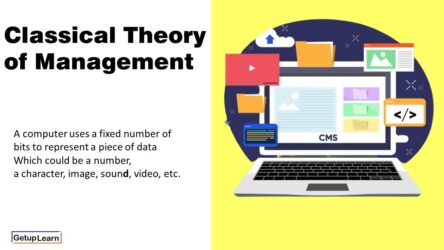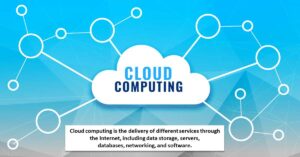Table of Contents
What is Artificial Intelligence?
Artificial Intelligence (AI) is a branch of Science which deals with helping machines find solutions to complex problems in a more human-like fashion. These are some of the examples of applications of Artificial Intelligence. Intelligent digital personal assistants like Siri, Google Now, Cortana, Alexa are all powered by AI.
Artificial Intelligence endeavors to simulate the natural intelligence of human beings into machines, thus making them behave intelligently. An intelligent machine is supposed to imitate some of the cognitive functions of humans like learning, decision-making, and problem-solving.
In order to make machines perform tasks with minimum human intervention, they are programmed to create a knowledge base and make decisions based on it. AI systems can also learn from past experiences or outcomes to make new decisions.
Functions of Artificial Intelligence
Artificial intelligence serves to mimic human cognitive functions such as learning from data, reasoning to solve problems, perceiving the environment through the senses, making decisions from large datasets, interacting via natural language, and adapting to new scenarios.
These capabilities enable AI to perform complex tasks across diverse fields, enhancing efficiency and decision-making and are integral to advancing industries like healthcare, finance, and technology. And so, students, working professionals, and businesses are increasingly investing in the artificial intelligence course.
These functions of artificial intelligence are given below:

Machine Learning
Machine Learning is a subsystem of Artificial Intelligence, wherein computers have the ability to learn from data using statistical techniques, without being explicitly programmed by a human being. It comprises algorithms that use data to learn on their own and make predictions.
These algorithms called models are first trained and tested using training data and testing data, respectively. After successive training, once these models are able to give results to an acceptable level of accuracy, they are used to make predictions about new and unknown data.
Natural Language Processing (NLP)
The predictive typing feature of the search engine helps us by suggesting the next word in the sentence while typing keywords and the spell checking features are examples of Natural Language Processing (NLP). It deals with the interaction between humans and computers using human spoken languages, such as Hindi, English, etc.
In fact, it is possible to search the web or operate or control our devices using our voice. All this has been possible by NLP. An NLP system can perform text-to-speech and speech-to-text conversion.
Machine translation is a rapidly emerging field where machines are already able to translate texts from one language to another with a fair amount of correctness. Another emerging application area is automated customer service where computer software can interact with customers to serve their queries or complaints.
Immersive Experiences
With the three-dimensional (3D) videography, the joy of watching movies in theatres has reached to a new level. Video games are also being developed to provide immersive experiences to the player. Immersive experiences allow us to visualize, feel and react by stimulating our senses.
It enhances our interaction and involvement, making them more realistic and engaging. Immersive experiences have been used in the field of training, such as driving simulators, flight simulators, and so on.
Immersive experience can be achieved using virtual reality and augmented reality:
Virtual Reality
Everything that we experience in our reality is perceived through our senses. From this came the idea that if we can present our senses with made-up or nonreal information, our perception of reality would also alter in response to that.
Virtual Reality (VR) is a three-dimensional, computer-generated situation that simulates the real world. The user can interact with and explore that environment by getting immersed in it while interacting with the objects and other actions of the user. At present, it is achieved with the help of VR Headsets.
In order to make the experience of VR more realistic, it promotes other sensory information like sound, smell, motion, temperature, etc.
It is a comparatively new field and has found its applications in gaming, military training, medical procedures, entertainment, social science and psychology, engineering, and other areas where simulation is needed for a better understanding and learning.
Augmented Reality
The superimposition of computer-generated perceptual information over the existing physical surroundings is called Augmented Reality (AR). It adds components of the digital world to the physical world, along with the associated tactile and other sensory requirements, thereby making the environment interactive and digitally manipulable.
Users can access information about the nearest places with reference to their current location. They can get information about places and choose on the basis of user reviews.
With help of location-based AR App, travelers can access real-time information of historical places just by pointing their camera viewfinder to subjects as depicted in Location-based AR apps are major forms of AR apps.
Robotics
A robot is basically a machine capable of carrying out one or more tasks automatically with accuracy and precision. Unlike other machines, a robot is programmable by a computer, which means it can follow the instructions given through computer programs.
Robots were initially conceptualized for doing repetitive industrial tasks that are boring or stressful for humans or were labor-intensive. Sensors are one of the prime components of a robot.
Robot can be of many types, such as wheeled robots, legged robots, manipulators, and humanoids. Robots that resemble humans are known as humanoids. Robots are being used in industries, medical science, bionics, scientific research, the military, etc.
Some examples are:
- NASA’s Mars Exploration Rover (MER) mission is a robotic space mission to study about the planet Mars.
- Sophia is a humanoid that uses artificial intelligence, visual data processing, facial recognition and also imitates human gestures and facial expressions.
- A drone is an unmanned aircraft which can be remotely controlled or can fly autonomously through software-controlled flight plans in their embedded systems, working in conjunction with onboard sensors and GPS .
They are being used in many fields, such as journalism, filming and aerial photography, shipping or delivery at short distances, disaster management, search and rescue operations, healthcare, geographic mapping and structural safety inspections, agriculture, wildlife monitoring or pooching, besides law-enforcement and border patrolling.
Benefits of Artificial Intelligence
These are some benefits of artificial intelligence (AI) discussed below:
- Game Playing
- Speech Recognition
- Understanding Natural Language
- Computer Vision
- Expert Systems
- Heuristic Classification
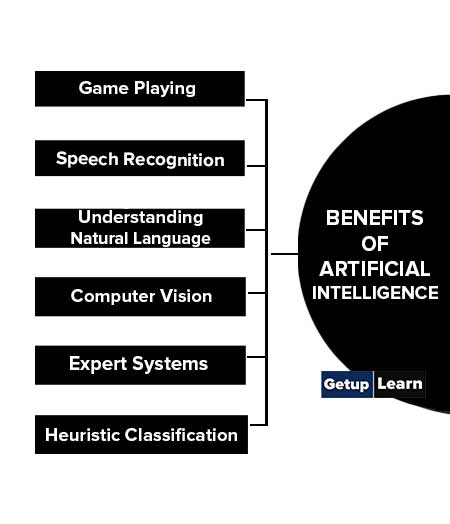
Game Playing
You can buy machines that can play master-level chess for a few hundred dollars. There is some AI in them, but they play well against people mainly through brute force computation–looking at hundreds of thousands of positions.
To beat a world champion by brute force and known reliable heuristics requires being able to look at 200 million positions per second.
Speech Recognition
In the 1990s, computer speech recognition reached a practical level for limited purposes. Thus United Airlines has replaced its keyboard tree for flight information with a system using speech recognition of flight numbers and city names.
It is quite convenient. On the other hand, while it is possible to instruct some computers using speech, most users have gone back to the keyboard and the mouse as still more convenient.
Understanding Natural Language
Just getting a sequence of words into a computer is not enough. Parsing sentences is not enough either. The computer has to be provided with an understanding of the domain the text is about, and this is presently possible only for very limited domains.
Computer Vision
The world is composed of three-dimensional objects, but the inputs to the human eye and computers’ TV cameras are two-dimensional. Some useful programs can work solely in two dimensions, but full computer vision requires partial three-dimensional information that is not just a set of two-dimensional views.
At present, there are only limited ways of representing three-dimensional information directly, and they are not as good as what humans evidently use.
Expert Systems
A “knowledge engineer” interviews experts in a certain domain and tries to embody their knowledge in a computer program for carrying out some task. How well this works depends on whether the intellectual mechanisms required for the task are within the present state of AI. When this turned out not to be so, there were many disappointing results.
One of the first expert systems was MYCIN in 1974, which diagnosed bacterial infections of the blood and suggested treatments. It did better than medical students or practicing doctors, provided its limitations were observed.
Namely, its ontology included bacteria, symptoms, and treatments and did not include patients, doctors, hospitals, death, recovery, and events occurring in time.
Its interactions depended on a single patient being considered. Since the experts consulted by the knowledge engineers knew about patients, doctors, death, recovery, etc., it is clear that the knowledge engineers forced what the experts told them into a predetermined framework.
The usefulness of current expert systems depends on their users having common sense.
Heuristic Classification
One of the most feasible kinds of expert systems given the present knowledge of AI is to put some information in one of a fixed set of categories using several sources of information. An example is advising whether to accept a proposed credit card purchase.
Information is available about the owner of the credit card, his record of payment, and also about the item he is buying, and about the establishment from which he is buying it (e.g., about whether there have been previous credit card frauds at this establishment).
Applications of Artificial Intelligence (AI)
These are applications of artificial intelligence (AI) which discussed below:
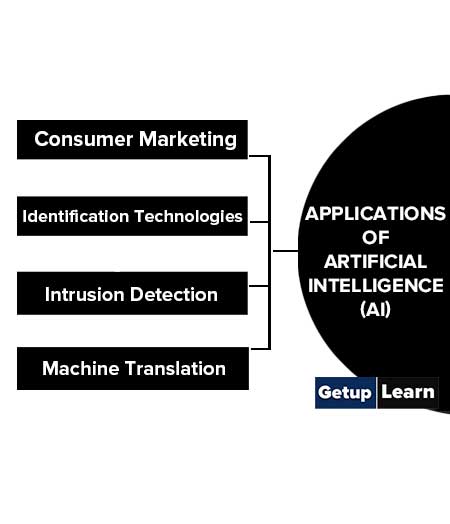
Consumer Marketing
Have you ever used any kind of credit/ATM/store card while shopping? If so, you have very likely been “input” to an AI algorithm. All of this information is recorded digitally.
Companies like Nielsen gather this information weekly and search for patterns:
- General changes in consumer behavior
- Tracking responses to new products
- Identifying customer segments: targeted marketing, e.g., they find
- Out that consumers with sports cars who buy textbooks respond well to offers of new credit cards.
Algorithms (“data mining”) search data for patterns based on mathematical theories of learning.
Identification Technologies
ID cards e.g., ATM cards can be a nuisance and security risk: cards can be lost, stolen, passwords are forgotten, etc.
Biometric Identification, walk up to a locked door:
- Camera
- Fingerprint device
- Microphone
- Computer uses biometric signature for identification
- Face, eyes, fingerprints, voice pattern
- This works by comparing data from person at door with stored library
- Learning algorithms can learn the matching process by analyzing a large library database off-line, can improve its performance.
Intrusion Detection
Computer security – we each have specific patterns of computer use times of day, lengths of sessions, command used, sequence of commands, etc.
- Would like to learn the “signature” of each authorized user.
- Can identify non-authorized users.
How can the program automatically identify users?
- Record user’s commands and time intervals
- Characterize the patterns for each user
- Model the variability in these patterns
- Classify (online) any new user by similarity to stored patterns
Machine Translation
Language problems in international business
- E.g., at a meeting of Japanese, Korean, Vietnamese and Swedish investors, no common language
- If you are shipping your software manuals to 127 countries, the solution is ; hire translators to translate
- Would be much cheaper if a machine could do this!
How hard is an automated translation
- Very difficult!
- E.g., English to Russian
- Not only must the words be translated, but their meaning also!
What is meant by artificial intelligence?
Artificial Intelligence (AI) is a branch of Science which deals with helping machines find solutions to complex problems in a more human-like fashion. These are some of the examples of applications of Artificial Intelligence. Intelligent digital personal assistants like Siri, Google Now, Cortana, Alexa are all powered by AI.
What is the difference between artificial intelligence and machine learning?
AI is the branch of computer science that deals with symbolic rather than numeric processing and non-algorithmic methods including the rules of thumb or heuristics instead of algorithms as techniques for solving problems. Machine Learning is a subsystem of Artificial Intelligence, wherein computers have the ability to learn from data using statistical techniques, without being explicitly programmed by a human being. It comprises algorithms that use data to learn on their own and make predictions.
What is Artificial Intelligence short answer?
AI is the branch of computer science that deals with symbolic rather than numeric processing and non-algorithmic methods including the rules of thumb or heuristics instead of algorithms as techniques for solving problems.

